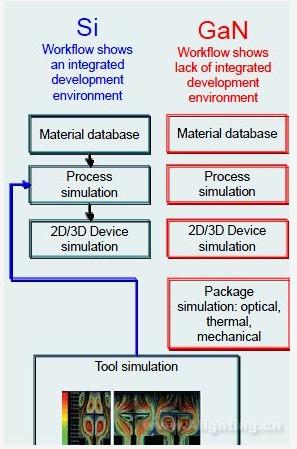Recently, at the Strategies in Light forum held in Santa Clara, USA, a spokesman for the US Department of Energy (DOE) proposed that LED manufacturers must actively achieve $2 per thousand lumens in the R&D roadmap. The topics of the seminar focused on the method of manufacturing supply chain to reduce manufacturing costs, increase the implementation of automation and standards, automation, new packaging technologies, etc. Iain Black, vice president of Philips Lumileds, mentioned in his speech that one-way LED manufacturers can more effectively formulate more flexible, scalable, and sensitive manufacturing processes. He said that Philips Lumileds is moving to more differentiated and differentiated product development, which allows shorter cycle times, greater production potential, and better LED inventory management. "It not only simplifies the front-end process, but also reduces the number of different types of molds," he said. Philips Lumileds will begin to emphasize LED arrays, and the company is moving toward the final differentiation phase of standardized products in the manufacturing process. At the forum, Karen Savala, president of SEMI in the United States, said that according to SEMI estimates, there are currently 142 LED fabs in the world. Although some manufacturers are in a stage of production stagnation due to overcapacity in the industry, SEMI believes this will be a short-term problem. The SEMI report said that the current sapphire substrate price is a new low, down from 2 inches by 10 dollars at the end of 2011. Savala talked about the cost-effectiveness of some LED industry standardization. She pointed out that due to the lack of standardization in the current market, there are more than 30 different 6-inch sapphire wafer products. Jacob Tarn, president of TSMC Solid-State Lighting Co., Ltd., also discussed issues in the LED manufacturing process: materials science, bandgap engineering, defect engineering, and pressure management all affect the quality, reliability, and longevity of LED lamps. Therefore, Tarn proposed to build an LED manufacturing integrated development environment, including design and process simulation in equipment and processes. LED manufacturing can benefit from an integrated development environment spokesman the speech topic Applied Materials, USA Advanced Epi tools for GaN LED devices GE Global R&D Center Rollable processable small molecule OLED solutions; GE Lighting General warm white LED development of advanced manufacturing techniques; Kelei Company Revenue management and defect source analysis; LED manufacturing inspection tools and software; Philips Lumileds Low-cost lighting level LED Ultratech, Inc. Low-cost photolithography tools for high-light LED manufacturing U.S. General Monitor Corporation US Phosphorescent OLED Lighting Flat Panel Manufacturing Equipment Creation United States Veeco Precision Instrument High-yield MOCVD program simulation tool and implementation of temperature control techniques Wei Ke Technology Equipment PVD-AIN buffer layer production system and the development of procedures to reduce costs and increase LED epitaxial efficiency M oser B aer Technology Product Revenue Improvement and Process of Low Cost OLED Manufacturing
Bitcoin mining is the process of creating new bitcoin by solving puzzles. It consists of computing systems equipped with specialized chips competing to solve mathematical puzzles. The first bitcoin miner (as these systems are called) to solve the puzzle is rewarded with bitcoin. The mining process also confirms transactions on the cryptocurrency's network and makes them trustworthy.
Btc Miner,Bitmain S19 Xp,Bitmain Antminer S19 Xp,Antminer Bitmain S19 Xp 140Th Shenzhen YLHM Technology Co., Ltd. , https://www.hkcryptominer.com
In regions where electricity is generated using fossil fuels, bitcoin mining is considered detrimental to the environment. As a result, many bitcoin miners have moved operations to places with renewable sources of energy to reduce Bitcoin's impact on climate change.